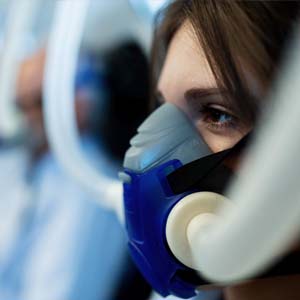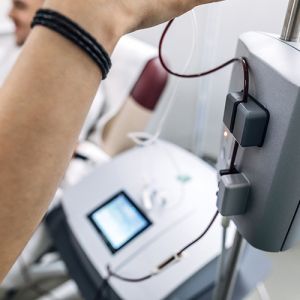What Is Ataxia &
How Does It Affect You?
What Is Ataxia &
How Does It Affect You?
The term “Ataxia” refers to problems with muscle coordination and control. Movement, balance, and speech are all common problems for those with ataxia.
Understanding Ataxia
The term “ataxia” refers to problems with muscle coordination and control. Movement, balance, and speech are all common problems for those with ataxia.
There are various varieties of ataxia, each with its own set of symptoms and causes.
Continue reading to learn more about the many types of ataxia, as well as the causes, prevalent symptoms, and treatment options.
What is it?

What is it?
Ataxia is a condition in which muscle control and coordination are impaired.
This has an impact on a variety of movements, including but not limited to:
- Talking
- Eating
- Walking
- Writing
The cerebellum is the part of your brain that controls movement. It’s right above the brainstem, at the base of your brain.
Ataxia can be caused by damage to or degeneration of the nerve cells in or around the cerebellum. Ataxia can also be caused by genes inherited from your parents.
Ataxia can strike anyone at any age. It’s usually progressive, which means the symptoms get worse with time. The rate of advancement varies depending on the individual and the type of ataxia.
Estimates from recent studies estimate that there are at least 10,000 adults and around 500 children in the UK suffering from progressive ataxia.
What are some
of the signs and
symptoms?
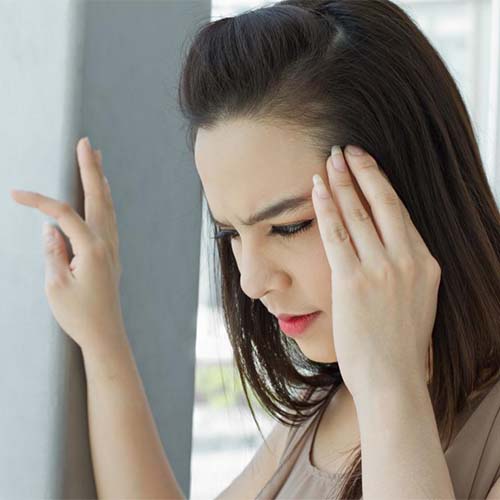
What are some of the signs and symptoms?
Ataxia can cause a variety of symptoms, including:
- Problems with coordination and balance, which can include clumsiness, an unsteady gait, and frequent falling
- Difficulty with fine motor tasks, such as writing, picking up small objects or buttoning up clothes
- Slurred or unclear speech
- Muscle spasms or tremors
- Complications with eating or swallowing
- Unintentional eye movements, such as slower-than-normal eye movement or nystagmus, a type of involuntary eye movement
It’s vital to keep in mind that ataxia symptoms differ depending on the type of ataxia and its severity.
Types
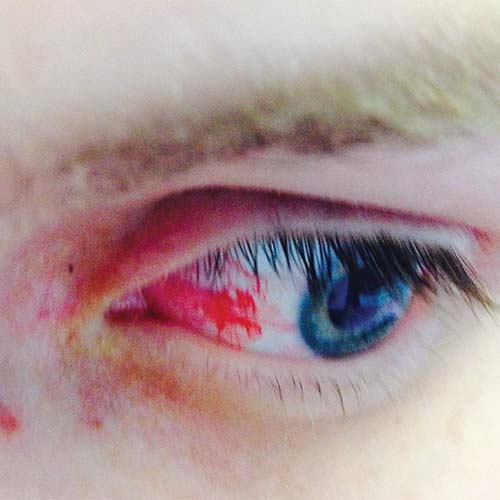
Types
Ataxia can be caused by:
- Inherited
- Acquired
- Idiopathic
We’ll go over each variant of ataxia and what causes it in more depth below.
Inherited ataxia
Mutations in certain genes that you inherit from your parents cause inherited ataxia. These mutations can cause nerve tissue injury or degeneration, resulting in ataxia symptoms.
Inherited ataxia can be handed down in one of two ways:
- Dominant. To have the condition, you just need one copy of the mutant gene. This gene can be passed down from either parent.
- Recessive. The disorder requires two copies of the defective gene (one from each parent).
The following are some examples of the dominantly inherited ataxias:
- Spinocerebellar ataxia. There are numerous forms of spinocerebellar ataxia. The exact location of the gene that is mutated is used to classify each kind. Symptoms and the age at which they appear to differ depending on the type of ataxia.
- Episodic ataxia. This sort of ataxia isn’t chronic; instead, it comes in waves. Episodic ataxia is divided into seven types. The symptoms and duration of ataxia episodes differ depending on the type.
The following are examples of recessively inherited ataxias:
- Friedreich’s ataxia. Friedreich’s ataxia, also known as spinocerebellar degeneration, is the most prevalent inherited ataxia. Muscle weakness might arise in addition to mobility and speech issues. The heart might be affected by this sort of ataxia.
- Ataxia telangiectasia. Dilated blood vessels in the eyes and face are common in people with ataxia-telangiectasia. Individuals with this ataxia are more susceptible to infections and cancers, in addition to the standard symptoms of ataxia.
Acquired ataxia
In contrast to inherited genes, acquired ataxia is caused by nerve damage caused by external events such as an injury.
Acquired ataxia can be caused by a variety of factors, such as:
- Injury to the head
- Stroke
- Tumours that impact the brain and its surroundings
- Infections, such as meningitis, HIV, and chickenpox
- Cerebral palsy
- Autoimmune conditions, such as multiple sclerosis and paraneoplastic syndromes
- Hypothyroidism (an underactive thyroid)
- Vitamin deficiencies, including vitamin B-12, vitamin E, or thiamine
- Certain medications, such as barbiturates, sedatives, and chemotherapeutic treatments, might cause adverse reactions.
- Heavy metal poisonings, such as lead or mercury poisoning, or solvent poisoning, such as paint thinner poisoning
- Long-term alcohol misuse
Idiopathic
Ataxia can sometimes be difficult to diagnose. Idiopathic ataxia is the term used to describe ataxia in these people.
How is it
diagnosed?

How is it diagnosed?
Your healthcare provider will first ask for your medical history before making a diagnosis. They’ll enquire if you have a history of hereditary ataxia in your family.
They might also enquire about the prescriptions you’re taking and how much alcohol you consume. After that, they’ll do physical and neurological examinations.
These tests can assist your doctor in determining things like:
- Coordination
- Balance
- Movement
- Reflexes
- Muscle strength
- Memory and concentration
- Vision
- Hearing
Additional tests may be requested by your GP, including:
- Imaging tests. A CT or MRI scan will produce detailed images of your brain. This can assist your consultant in detecting any abnormalities, tumours or cancers.
- Blood tests. Blood tests can help you establish what’s causing your ataxia, especially if it’s caused by an infection, a vitamin deficiency, or hypothyroidism.
- Lumbar puncture (spinal tap). A lumbar puncture is a procedure that involves taking a sample of cerebrospinal fluid (CSF) from between two vertebrae in the lower back. After that, the sample is sent to a lab for testing.
- Genetic testing. Many types of hereditary ataxia can be tested genetically. A blood sample is used in this type of test to see if you have genetic alterations linked to hereditary ataxia.
How is it treated?
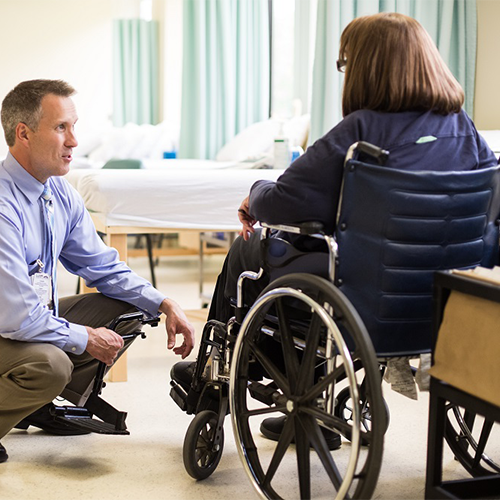
How is it treated?
Treatment will vary depending on the type of ataxia and its severity. Treating the underlying cause of acquired ataxia, such as an infection or a vitamin deficit, can help alleviate symptoms in certain cases.
Many types of ataxia have no known remedy. There are, however, a number of treatments that can help you manage your symptoms and enhance your quality of life.
These are some of them:
- Medications. Ataxia symptoms can be alleviated with the use of certain medications. Here are several examples:
- Amitriptyline or Gabapentin for nerve pain
- Muscle relaxants for cramps or stiffness
- Antidepressants for depression.
- Assistive devices. Wheelchairs and walkers are examples of assistive devices that can help with movement. Speaking can be aided by communication aids.
- Physical therapy. Mobility and balance can be improved with physical therapy. It also aids in the maintenance of muscle strength and flexibility.
- Speech therapy. A speech therapist will teach you skills to help you speak more clearly in this sort of therapy.
- Occupational therapy. Occupational therapy teaches you how to employ a variety of tactics to make your daily chores easier.
Alternative and Complementary therapies used
when treating patients suffering from Ataxia
Hyperbaric oxygen therapy
Studies have shown that Hyperbaric oxygen therapy can improve the motor functions and memory of Ataxia patients.
Cryotherapy
Cryotherapy treatment has proven to be successful, especially upper limb ataxia one of the most disabling symptoms of patients with multiple sclerosis (MS).
Ozone therapy
Ozone therapy is a natural therapy that has been proven to reduce prevalent cognitive and motor disorders suffered by Ataxia patients.
Red Light Therapy
Infrared Sauna therapy
One recent study used a cellular model of spinocerebellar ataxia. In spinocerebellar ataxia, like in Alzheimer’s disease, dysfunctional proteins accumulate in brain cells, leading to cell death. In this study, treatment of diseased cells with Infrared sauna therapy led to decreased protein accumulation and restored normal cell function. Another study has shown that treating neurons with far infrared increases the speed at which neurons grow and regenerate, and the health of the overall neurons improve.
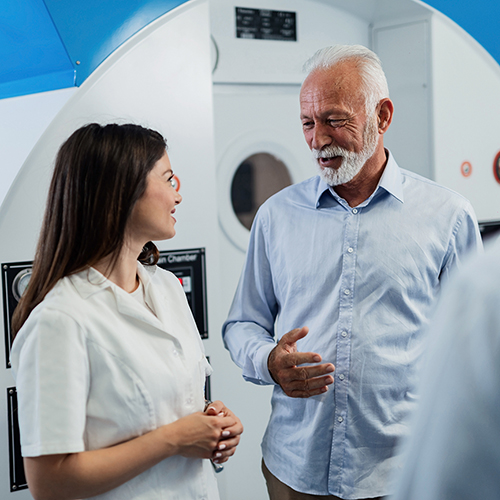
Hyperbaric oxygen therapy
Studies have shown that Hyperbaric oxygen therapy can improve the motor functions and memory of Ataxia patients.

Cryotherapy
Cryotherapy treatment has proven to be successful, especially upper limb ataxia one of the most disabling symptoms of patients with multiple sclerosis (MS).
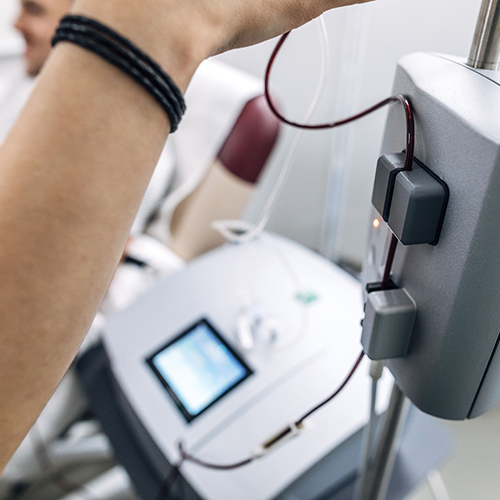
Ozone therapy
Ozone therapy is a natural therapy that has been proven to reduce prevalent cognitive and motor disorders suffered by Ataxia patients.

Red Light Therapy

Infrared Sauna therapy
One recent study used a cellular model of spinocerebellar ataxia. In spinocerebellar ataxia, like in Alzheimer’s disease, dysfunctional proteins accumulate in brain cells, leading to cell death. In this study, treatment of diseased cells with Infrared sauna therapy led to decreased protein accumulation and restored normal cell function. Another study has shown that treating neurons with far infrared increases the speed at which neurons grow and regenerate, and the health of the overall neurons improve.
Summary
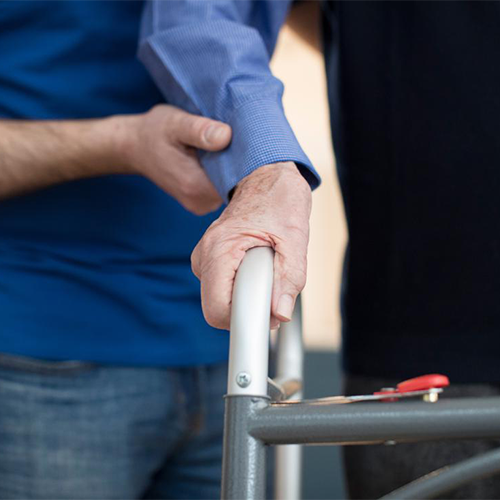
Summary
A loss of muscle coordination and control is known as ataxia. Movement, fine motor activities, and keeping balance are all difficult for those with ataxia.
Ataxia can be inherited, acquired, or caused by an unknown factor. The type of ataxia affects the symptoms, progression, and age of start.
Ataxia symptoms can sometimes be relieved by treating the underlying cause. Other alternatives include medications, assistive devices, and physical therapy to help manage symptoms and enhance the quality of life.
If you have symptoms like lack of coordination, slurred speech, or problems swallowing that aren’t explained by another ailment, see your doctor.
Your doctor will collaborate with you to identify your illness and devise a treatment strategy.


